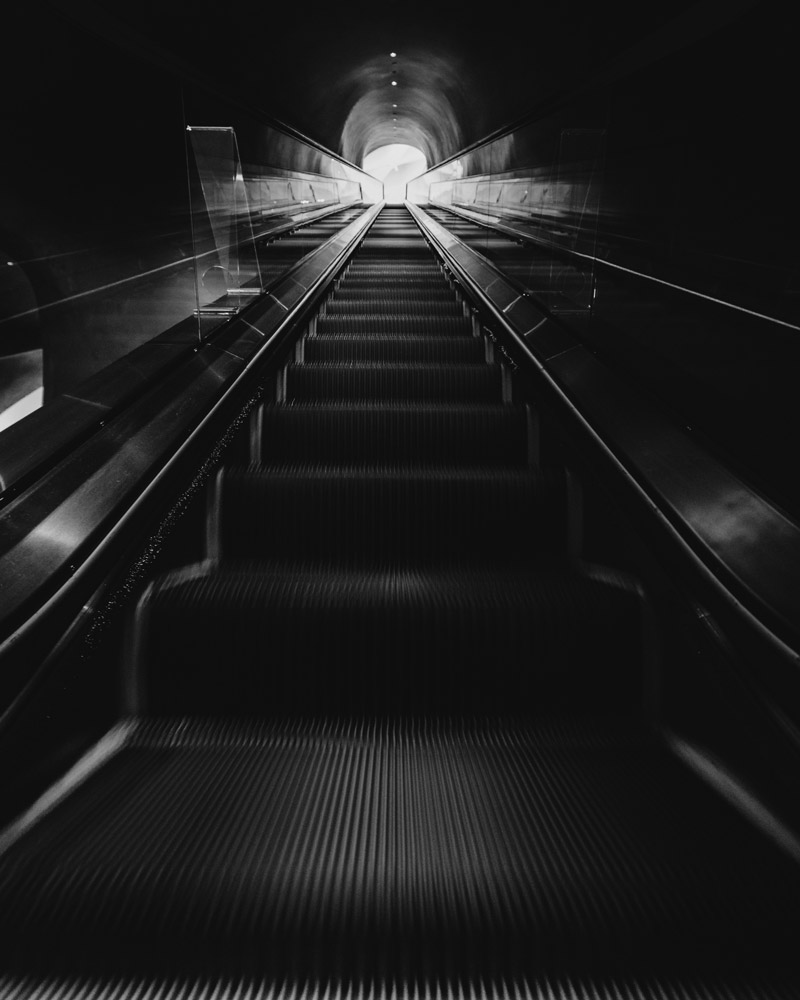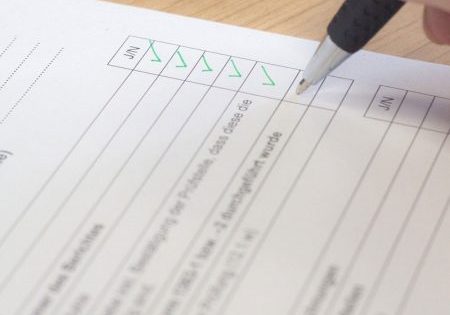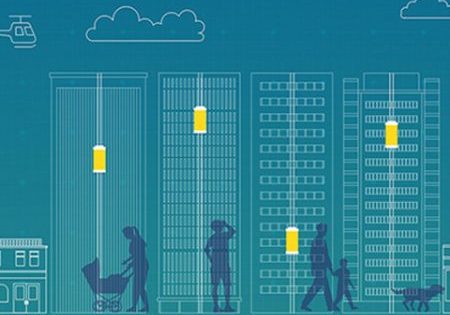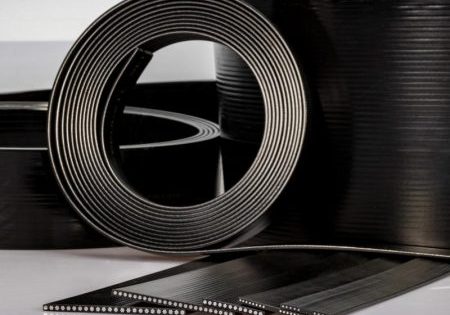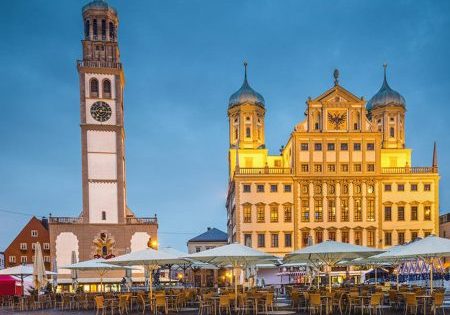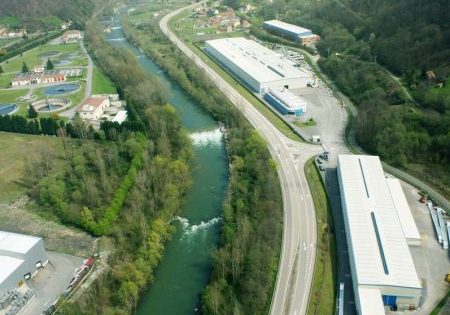Leveraging the RRF for the European lift industry
The Recovery and Resilience Facility (RRF) is the key instrument at the heart of the NextGenerationEU initiative to help the European Union emerge stronger and more resilient from the current economic and social crisis caused by the coronavirus pandemic. The scheme has earmarked €723.8 billion in grants and loans for EU countries to invest in key target areas of the economy.[1]
The RRF first came into force on 19 February 2021, financing reforms and investments in member states until 31 December 2026. To access RRF fund approvals, member states were requested to submit their recovery and resilience plans to the European Commission, setting out the details of the reforms and investments to be implemented.
As of the end of 2021, 22 of the 26 submitted national recovery plans have been approved. The Dutch plan has not yet been submitted, and the Commission has also not yet approved the Hungarian, Polish, Swedish and Bulgarian plans. Requested pre-financing of €52.3 billion has already been disbursed to 19 member states. Spain was the first member state to receive €9 billion in grants under the RRF.[2]
The Need for the RRF
Aside from the severe economic impacts caused by the COVID-19 pandemic, a recovery and resilience plan has been needed for some time to prepare EU member countries for the future by addressing areas that most need public investment and reform such as energy efficiency, digitalization and social resilience.
The RRF is therefore aimed at renovation of infrastructure that enhances energy and resource efficiency, makes building stock more resilient, improves urban mobility and accessibility and fosters the adoption of digital technologies.
The maximum allocation of grants for each EU country depends on population size, GDP per capita and unemployment rate. If all the assessment criteria are fulfilled, member states will also be able to complement their grants with loans of up to 4.7% of their gross national income (GNI).
Target Areas for the Fund
The Facility aims to help Europe invest, create jobs and build a green and digital future for all. The RRF is structured around six main pillars: green transition; digital transformation; economic cohesion, productivity and competitiveness; social and territorial cohesion; health, economic, social and institutional resilience; and policies for the next generation.
These particular target areas have been chosen by the EU Commission in line with its priorities for 2019-2024. Overall, the aim is to improve the quality of life for all EU citizens, with a focus on the most vulnerable social classes. The renovation of existing buildings is also a long-term priority for the EU, especially as buildings currently account for approximately 40% of the EU’s total energy consumption.
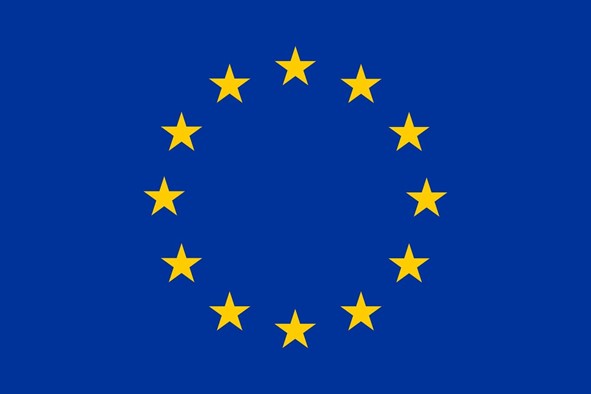
Where the Lift Industry Could Get Involved
Because of this focus on improving the energy efficiency of buildings, the lift, escalator and moving walks industry could contribute to EU goals by focusing on initiatives centered around accessibility, modernization, clean mobility and digitalization. The existing stock of over 6 million installed elevators in Europe are, on average, more than 20 years old and not up to modern standards.
Elevator modernization activities are highly relevant to the focus of the RRF, including adding elevators to buildings with existing elevators, and help to increase building accessibility, substantially improving quality of life for the elderly and people with disabilities. Allowing these groups to remain in their homes can also generate substantial savings in social care costs for cities and states.
Modernization also fosters a green transition for existing building stock and supports a more sustainable circular economy model, as well as the positive employment impacts that can help stimulate local economies.
Modern lifts that have smart IoT features allow for the introduction of digital services within buildings to improve safety, security and sustainability through predictive maintenance. In addition, many health and hygiene improvements linked to COVID-19 can be made during the modernization of lifts.
The Role of ELA and Member Associations
As the voice of the lift, escalator and moving walk industry in Europe, the European Lift Association (ELA) strongly believes that the industry can contribute to the recovery efforts by focusing on accessibility, modernization, clean mobility and digitalization to build a stronger, more resilient Europe that is ready for the future.
ELA’s role in this regard is to continue monitoring the situation in each country via the feedback received directly from its members, and then making best practices and advice available to all.
However, the responsibility of transforming the RRF initiative into a tangible opportunity for lift industry members lies with the national associations through direct dialogue with their respective governments.
The first deadline for member states to submit their RRF plans was 30 April 2021, but follow-up activities continued after this. Lift associations should adapt the suggested focus areas of any proposals for grants or loans according to each member state’s specific RRF priorities. Other national associations with similar interests, such as disability and construction industry associations, can also be approached for collaboration.
National lift associations are encouraged to engage with relevant local authorities (or in some cases, the member state’s Ministry of Finance) planning the allocation of their national RRF plans to ensure that the funds can be used for lift modernization and installations.
Identifying the correct stakeholders is essential, so if member associations are unable to identify which ministry or local authority to contact, ELA can be contacted for support.
Visit the ELA website for more information
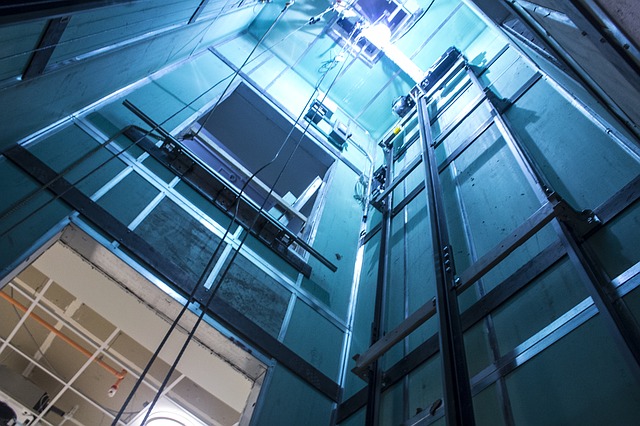
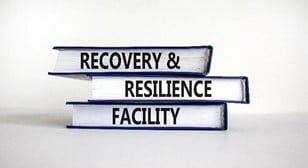

References
[1] European Commission, “Recovery and Resilience Facility”: https://ec.europa.eu/info/business-economy-euro/recovery-coronavirus/recovery-and-resilience-facility_en
[2] European Parliament, “National recovery plans must help modernise EU member state economies”, December 15, 2021: https://www.europarl.europa.eu/news/pt/press-room/20211210IPR19219/national-recovery-plans-must-help-modernise-eu-member-state-economies
Get more of Elevator World. Sign up for our free e-newsletter.
